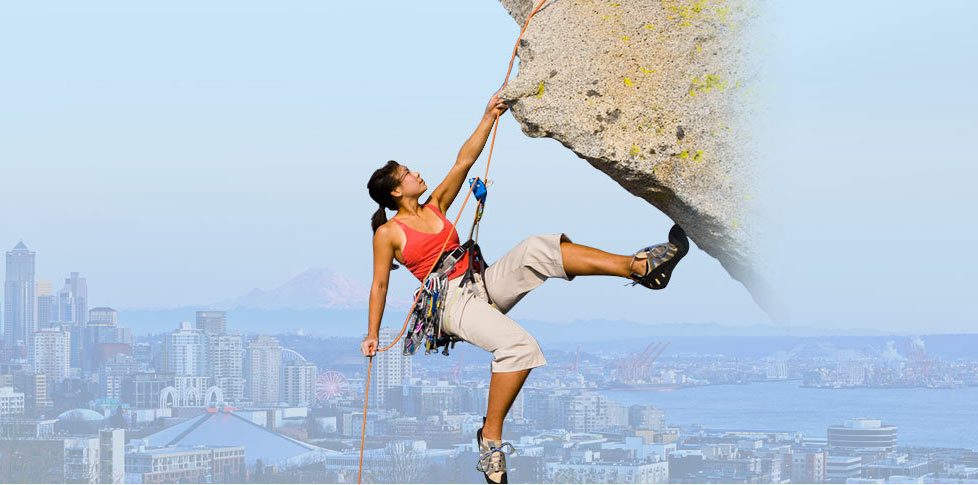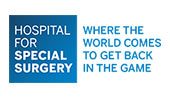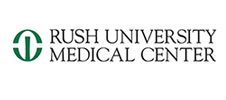Outerbridge and Kashiwagi Procedure (Ulnarhumeral Arthroplasty)
Procedure names
This procedure is also known as the O-K procedure, ulnarhumeral arthroplasty and ulnohumeral debridement
Who gets this procedure and what are the indications?
This procedure is indicated for young and active patients who develop early elbow arthritis. Elbow arthritis eventually causes pain and limited range of motion. For young patients, elbow replacement is not a good option for many reasons. These active patients continue to have catching of their elbow, from loose cartilage fragments and pain from stiffness of the joint. Elbow replacements have very high failure rates in young active patients so this procedure was developed to improve motion, pain and can be done arthroscopically.
How is this diagnosed?
Dr. Garcia will order you radiographs, and MRI to confirm you a good candidate for the procedure. He will also evaluate you with a thorough physical exam.
Non-Surgical Management?
This may include physical therapy and cortisone injections. Generally, these patients do poorly with non-operative management but Dr. Garcia will attempt to avoid surgery if necessary.
What is the procedure?
Through elbow arthroscope (small poke holes) the elbow is scoped with a small camera and instruments. First all the small loose cartilage pieces are removed. Then any bone spurs are excised with small instruments through these minimally invasive incisions. Finally, a quarter size hole is made in the olecranon fossa with a reamer and bone shaver to improve range of motion. Dr. Garcia performs this part arthroscopically as well to all improved visualization of all the areas of impingement so he can get the best improvement in range of motion. Many surgeons perform this procedure open with large incisions but Dr. Garcia performs this unique surgery entirely arthroscopic and is one of the leaders of this procedure in the Pacific Northwest.
What is the recovery?
This is done as an outpatient surgery and generally only a soft dressing is used. Dr. Garcia recommends avoiding impact activities for the first 6 weeks. Moving the arm early is essential to reducing abnormal bone formation and stiffness. Dr. Garcia will prescribe physical therapy after the first week of surgery.
What is the prognosis?
In most cases patients do very well after surgery. We have seen very high return to work and sports in our practice. Given Dr. Garcia performs this minimally invasive his rates of stiffness and pain are dramatically reduced. Overall full return to activities can be expected at 3-4 months. In many cases this procedure can improve motion by 15-25 degreesdepending on different patient factors.


















